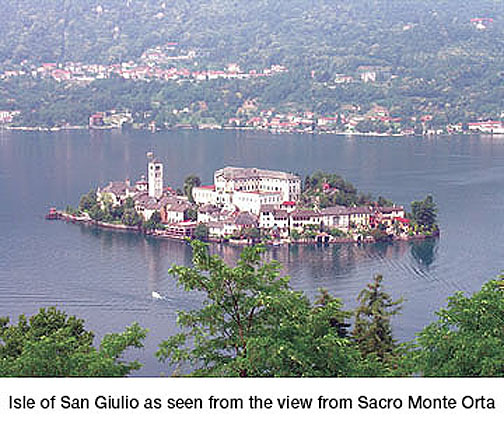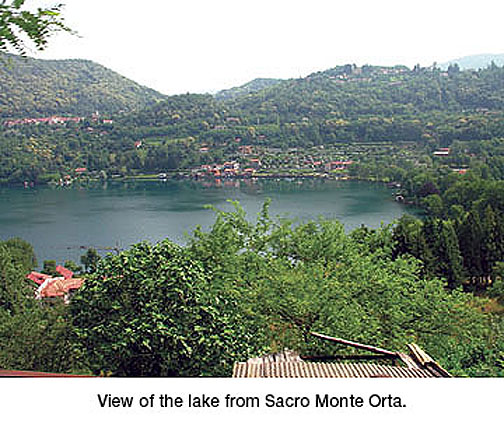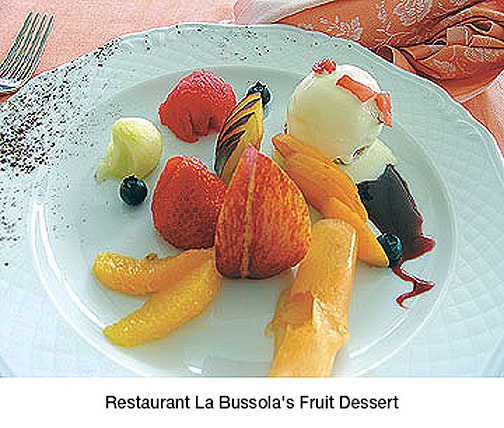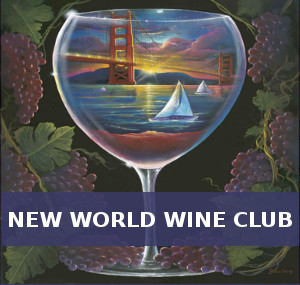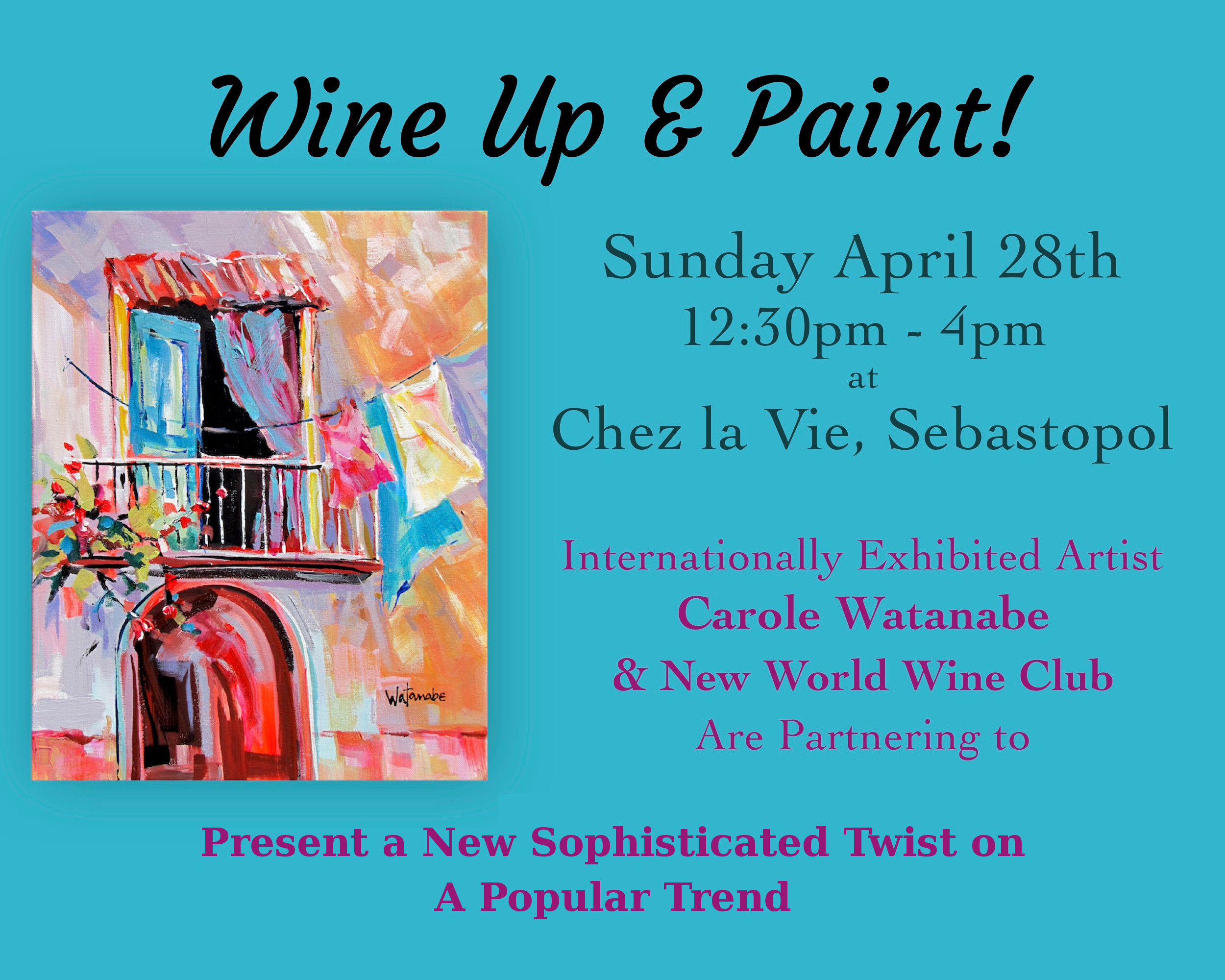In a tiny village known as Sordevolo located in the province of Biella of the region Piedmont, approximately 400 residents prepare to put on the 2015 version of the play, ” The Passion of the Christ”. The writers of this article watched this play in 2005 in an open amphitheater that would rival the acoustics of Red Rocks in Denver, Colorado. This was our trip:
What would it take for religious tourism to come alive for you?
With faith on our side, we began our journey to the Sacred Mountain Sanctuaries of the Piedmont region of Italy. As we traveled through the seven most magnificent retreats in the area, we were astounded by the massive amount of intricate carvings, paintings, and statues that were still available to view. As students of World History, one is reminded of the power of the Catholic church during those medieval times, as it served as a powerful employer of artists and artisans throughout the region. One marvels with a kind of intellectual curiosity at the historical significance as you go through magnificent church after magnificent church, all snuggled away in the most beautiful country side you could ever hope to lay eyes on.
But what made it come alive as a spiritual awakening?
For us it was the end of the trip, and so we create a beginning for this story out of the end. It all took place in a tiny little town called Sordevolo, with its 1157 residents.
Sordevolo, 650 meters above sea level, is situated on the first hills north of Biella, protected by the proximity of Mt. Mombarone and Mt. Mucrone, and surrounded by the history we had just spent the last five days visiting. In this natural setting of hills, woods and mountains, for over two centuries from the beginning of ‘800, the representation of the Passion takes place every five years, absorbing all the resident’s in some capacity or other, as they get ready to perform June through September. The promotion is spread throughout the region, and the seats are filled to capacity the entire time. It is an important part of the town’s commerce, and they take it very seriously.
We were there for the opening, and as our group of 10 writers from all over the world was ushered into an outdoor amphitheater that would rival Tanglewood in Lenox, Massachusetts, and Red Rocks in Denver, Colorado, we gratefully sat our tired bodies down. The sound was impeccable, and the seating was more than comfortable. It was blistering hot for the most part of our mid August trip, but that evening you could imagine a faint breeze as we settled in to being comfortable. The ushers gave a person in each row a small canister of mosquito spray to share.
Just like the fourth of July, you had to wait for the sun to go down before the play began. Upon the final setting of the last glimmer of sunset, the amphitheater became, in front of our very eyes, the town center of Jerusalem. Real horses galloped across the sandy floor, and mothers scurried to find their children, as night settled in. A little girl called out to her daddy, who was a Sheppard tending the sheep in a field not too far off. The play really began when Pilates came in on a horse drawn chariot with mounted cavalry guard on all sides. I didn’t understand a word of Italian, but I knew that this was Pontius Pilate.
The Passion was a play of triumph for the village, and a spiritual awakening for all who sat through it. Members of the play hugged and wept as they took their bows at the end of the night. For those of you who know the story, the actor who played Jesus was on the cross for 45 minutes each night, every night that the play was on. A lot of faith went in to pulling that very strenuous act off, and it riveted throughout the cast.
For those who live their lives making Christ a part of it, the play was the glue for the whole trip. It wasn’t just history anymore; it wasn’t just a reminder of the Reformation and how the Catholic church split apart, or the glory and magnificence of the Catholic church during its most powerful reign in history. It was watching a culture live their lives, surrounding their lives with the details of nature’s awesome beauty, and the simple things people do in each area of that region that glorify their way of life.
From the incredible wine, sweet dairy and grain products indigenous to that region, to the year in year out dedication to the play produced in Sordevolo, the trip to the seven sanctuaries was a reminder of a certain glory of Italy, set in a natural surrounding that cries out to be visited.
As you read the descriptions of the sanctuaries we visited, remember that as a traveler, you can stay in 5 star hotels, as available in the Lake Orta region, or you can stay in the monasteries themselves for about the same price as a hostel. For the practiced naturetravelers, information abounds at every stop on campgrounds and nearby kayak trips.
We go to Orta and visit the Sacred Mountain, or as they say in Italy, Orta’s Sacro Monte– a devotional complex of 20 small chapels that depict St. Francis’ life through sculptures and paintings. The complex today is a national park, home not only to international travelers, but a place for summer day camps for Italian children, that sits on top of a hill overlooking the beautiful Lake Orta. The complex is just up the hill from the lake, which is dotted with hotels and restaurants. They do not allow cars into the park but coordinate trolleys for the tourists in order to maintain the quiet, serene atmosphere.
When the construction of the Sacro Monte of Orta was initiated in 1590, it was intended as an emulation of another devotional complex: the Sacro Monte of Varallo (which we visited later). A generous patron named Abbot Camico Canobio funded the construction of the first chapel and many other patrons would follow his example in the subsequent years.
Inspired by the ideals of the counter-reformation, Bishop Carlo Bascapé brought a conservative element to the construction of the Sacro Monte of Orta. When Bascapé began oversight of the project in 1593, he sought to make the complex a strict center of devotion. One episode of St. Francis’ life was depicted in each of the chapels, and Bascapé gave precise instructions as to what each scene should look like. He also set up a committee to keep tight watch over how donated funds were spent on the project.
Although Bascapé oversaw the construction during this time, the Sacro Monte of Orta is the result of a collaboration between many creative minds.The overall plan was drawn up by the architect Cleto of Castelletto Ticino. The paintings and statues that tell the story of St. Francis’ life were contributed by highly respected artists from Italy’s cultural centers.
As other bishops took Bascapé’s place and construction continued into the 17th and 18th centuries, a more theatrical style was introduced to the complex. Dramatic poses, vivid colors, and rounded figures began to characterize the chapels. In the late 18th century, the role of the bishop in overseeing the complex diminished and the Franciscan friars were put in charge of service and maintenance. These days, the Sacro Monte of Orta is protected and conserved by a Regional Administrative Board.
The Sacro Monte of Orta is not just a shrine to the past. Today, it is bustling with an order of monks and nuns, who were in the middle of services when our group arrived. Even though they were in the middle of a national park open to tours, the apartments above the chapels are the actual housing of the monks and nuns.
Overlooking Lake Orta from atop the Sacro Monte, is the full view of the Isle of San Giulio, a tiny island consisting of a 12th Century Romanesque Basilica, frescoes and other medieval buildings, which allow you to again, enjoy a slice of the past in historical buildings that have been converted to lodging, sports facility, and museums.
If you are not a history buff, Orta and the surrounding area provide a wide range of modern recreation. On Lake Orta, the full spectrum of water sports is offered: swimming, sailing, canoeing, water skiing and underwater diving. Several golf courses are available and the hills are laced with dozens of trails for hiking and mountain biking.
Travelers who want to soak up modern Italian culture will not be disappointed either. Fine food lovers will find restaurants lush with locally produced wines, cheese, fruits and honey. In the spring and summer, entertainment ranges from flower shows to street markets and festivals.
La Bussola Hotel
La Bussola Hotel and restaurant overlooks Lake Orta and the San Giulio’s Island. This would be a wonderful place to stay when planning a visit to the Sacro Monte, for not only would you be just moments away from the 20 chapels dedicated to the life and works of St. Francis, but you would be moments away from beaches, water sports, and boat rentals, should you decide to explore the San Giulio Island as part of your visit.
The cuisine of the restaurant featured the local fare of the area, which included a goat cheese so sweet and creamy that I asked the chef three times to make sure he really knew what I was asking for. The main course featured a salmon trout and La Virello, a white fish caught from Lake Orta, cooked simply on a hot stone at our table.
Read more about Piedmont in Part 2 of this story.
-
How to Get There: By Train: Take the Novara-Domodossola line, descending at Orta-Miasino Pettenasco or OmegnaBy Plane: The nearest airports are Milan-Malpensa; Milan-Linate; Turin-Caselle
By Road:
-From Simplon: At Domodossola take the highway (superstrada), exit at Gravellona and on to Omegna and Orta
-From the St. Gothard: From Locarno (Swiss border) take the main road by Lake Maggiore towards Verbania, then proceed to Grravellona Toce, Omegna, Orta.
-From Milan: motorway A8-A26 towards Gravellona Toce, exit at Arona and follow signposts to Borgomanero, Gozzano, Orta.
-From Turin and from Genoa: A26 motorway, exit at Arona or Borgomanero.
| Where to Stay: | |
| Hotel La Bussola Via Panoramica 24 – 28016 Orta S. G. (NO) Tel. +39 0322 911913 hotelbussola@yahoo.it http://www.orta.net/bussola/ |
Hotel Ristorante Villa San Francesco Orta San Giulio – Fraz. Legro Tel. +39 0322 90258 villas.fransesco@libero.it www.viaggiaedormi.it or www.viaggiaedormi.it/eng/scheda.php? |
| Hotel Ristorante San Rocco Orta San Giulio – Van Gippini, 11 Tel. +39 0322 911977 info@hotelsanrocco.it www.hotelsanrocco.it |
Hotel Ristorante La Sibilia Cusiana Plattenasco – Loc. Punta di Crabbia Tel. +39 0323 888030 info@lasibillacusiana.com www.lasibillacusiana.com |
| Hotel Ristorante Villa Crespi Orta San Guilo Via Fava, 18 Tel. +39 0322 91102 villacrespi@lagodortahotels.com www.lagodortahotels.com www.initaly.com www.initaly.com/hisres/crespi/crespi.htm |
Hotel Ristorante Battle of Britain Ameno – Loc. Vacciago Viale Santuario Bocciola, 17 Tel. +39 0322 998200 hotelbritain@libero.it www.ospitalitalia.it/motore_ primocontatto.php/NO |
| Hotel Ristorante Nuova Italia Gozzana – Via Beltrami, 19 Tel. +39 0322 89118 www.hotelnuovaitalia.net |
Albergo Ristorante La Genzianella Miasino – Via Per Armeno, 10 Tel. +39 0322 980051 www.genzianella.com/ |
| Hotel Ristorante Croce BIanca Omegna – Via Mazzini, 2 Tel. +39 0323 866106 info@albergocrocebianca.com www.albergocrocebianca.com |
Bed and Breakfast II Rustico Ameno – Vicolo Scolari, 5 Tel. Fax +39 0322 980323 monaco_riccardo@libero.it www.monteoro.org |
| Hotel Ristorante Cicin Casale Corte Cerro Reg. Gabbio, Via Novara Tel. +39 0323 846702 www.hotelcicin.com |
Hotel Ristorante Alpi Arola – Via per Omegna, 17 Tel. +39 0323 821116 albergoalpi@yahoo.it http://hotel.saperviaggiare.it/Lago-dOrta.asp |
| Campeggio Punta di Crabbia Pettenasco – Via Crabbia, 2/a Tel. +39 0323 89117 www.campingpuntacrabbia.it |
Bed and Breakfast Villa Pinin Orta San Guilio – Via G. Fava, 12 Tel. +39 0322 905505 villapinin@yahoo.it www.bed-and-breakfast-in-italy.com/ |
| Bed and Breakfast La Fattoria del Pino Miasino – Regione Brascino Tel. Fax +39 0322 980050 martinelli.nigro@tiscalinet.it www.fattoriadelpino.it |
Albergo Omnidiet Armeno – Fraz. Coiromonte Via Monte Falo 8/10 Tel. +39 0322 999009 omnidiet@Mirapuri-Enterprises.com www.Mirapuri-Enterprises.com |
| Camping Royal Pettenasco – Via Pratolungo, 32 Tel. +39 0323 888945 www.campeggitalia.com/campeggi/gb/ piedmont.htm |
|
By Mike and Ellen Walsh




